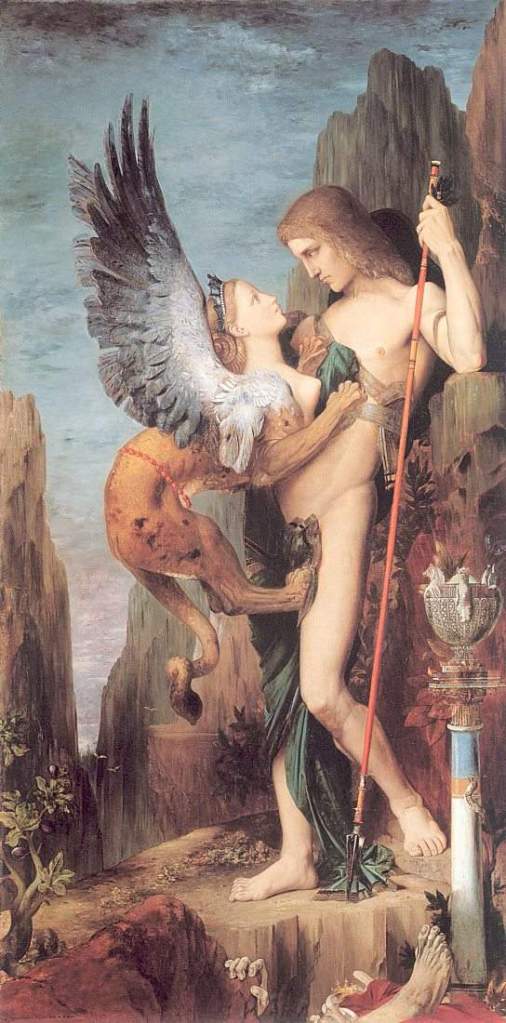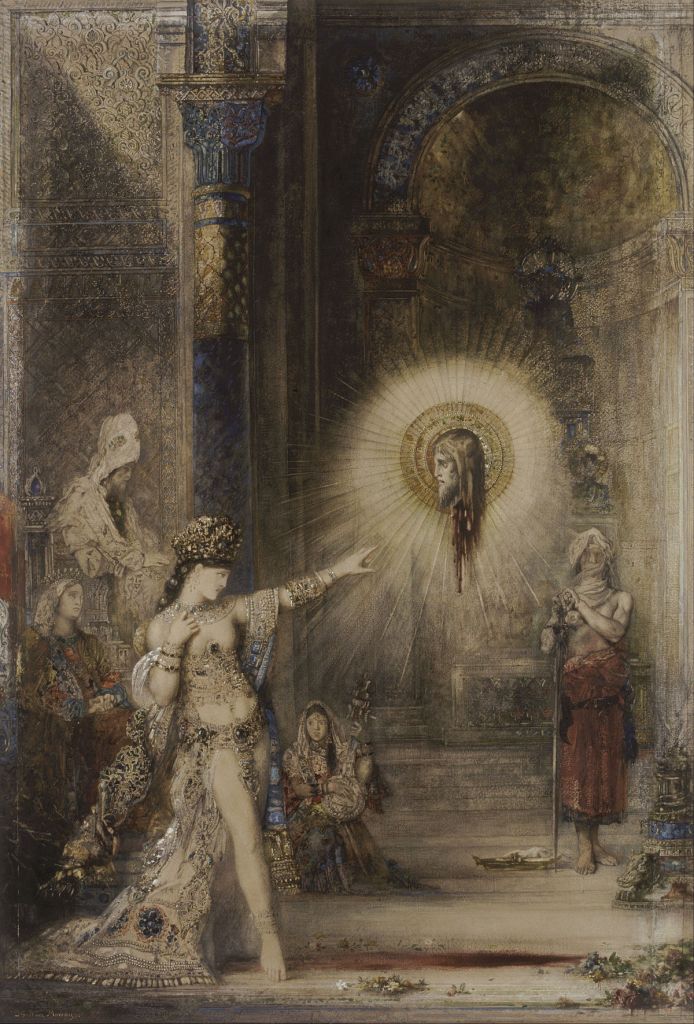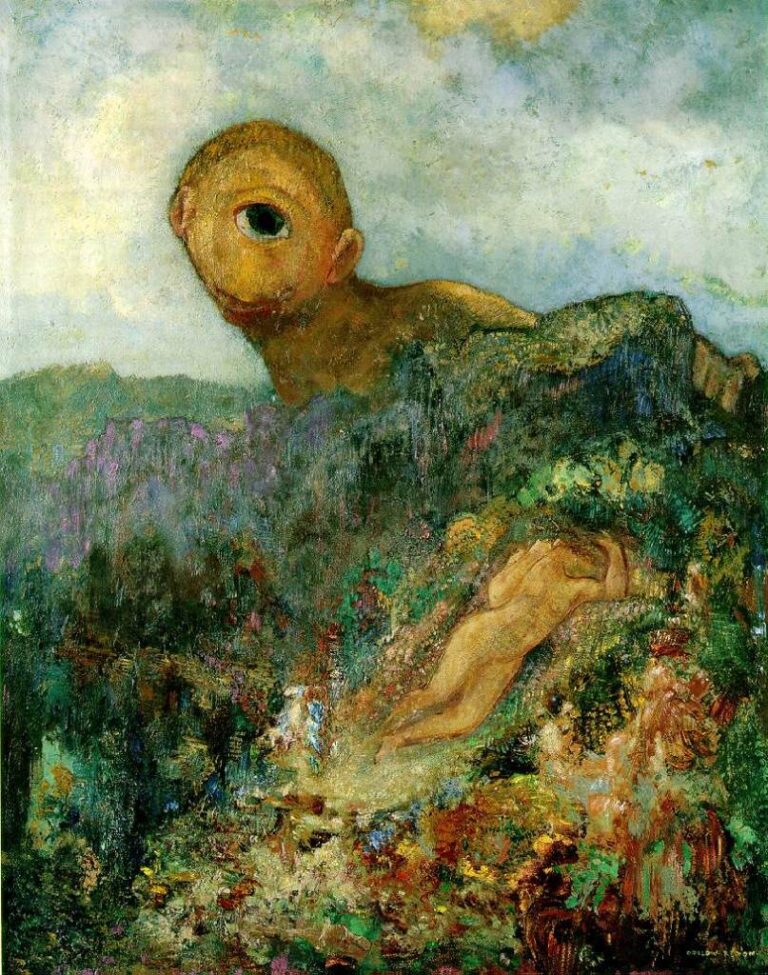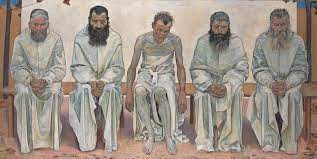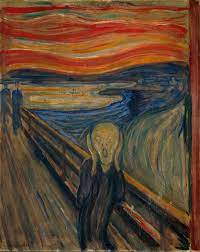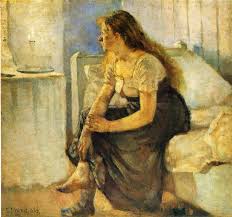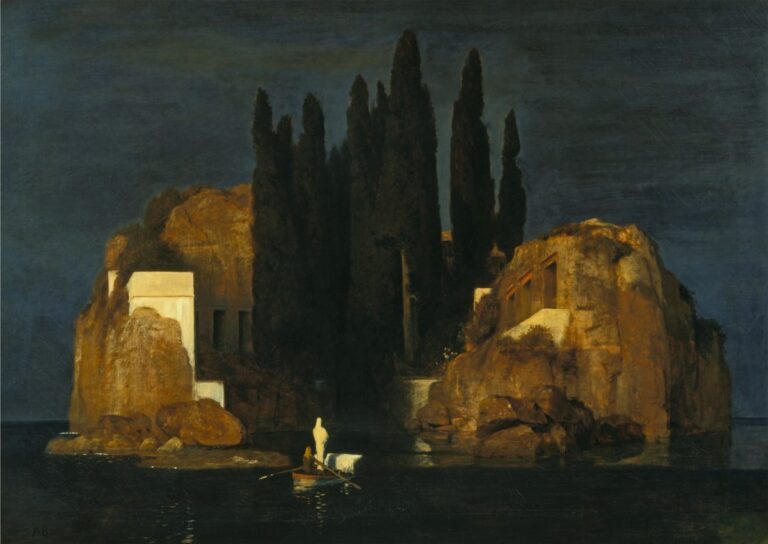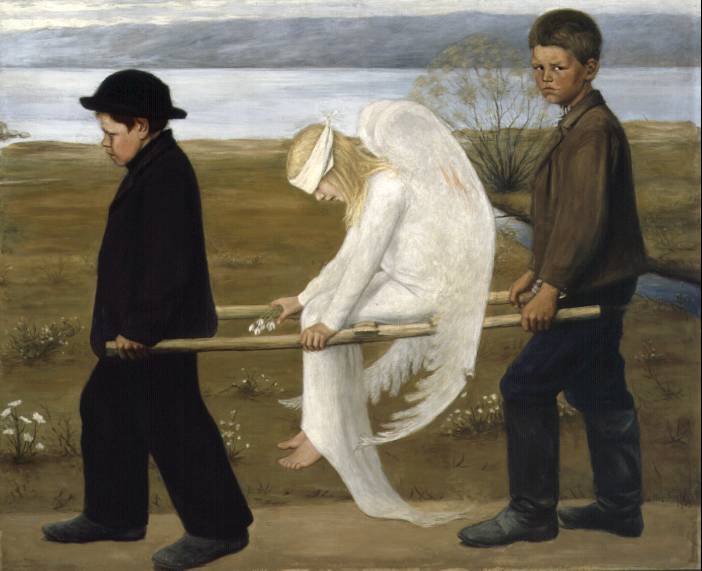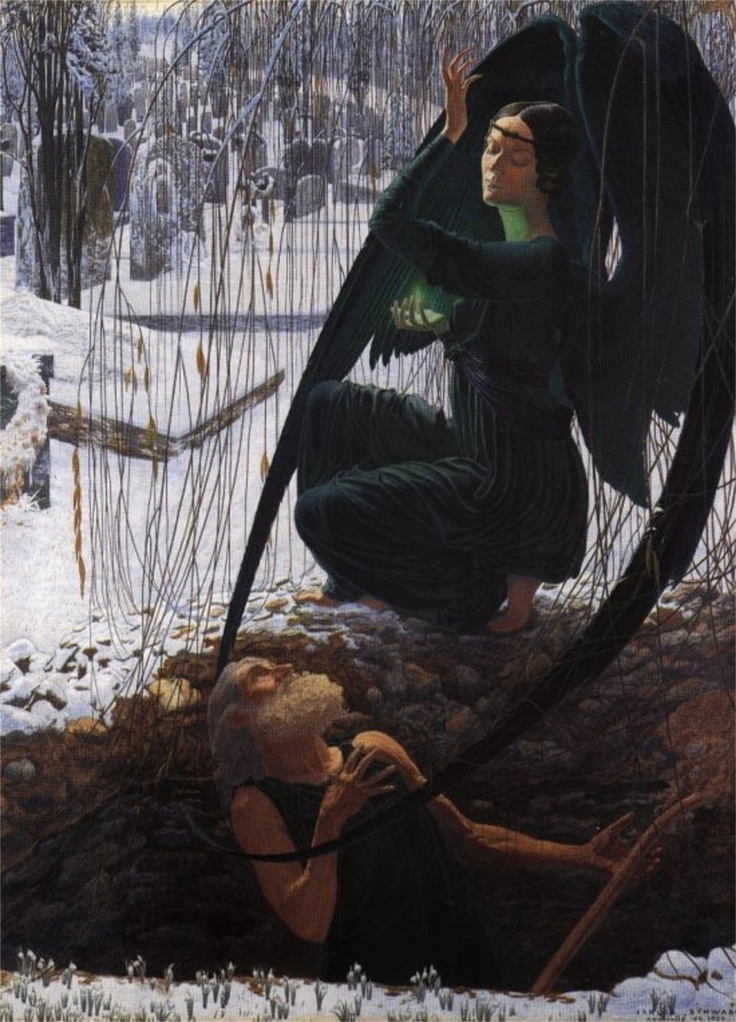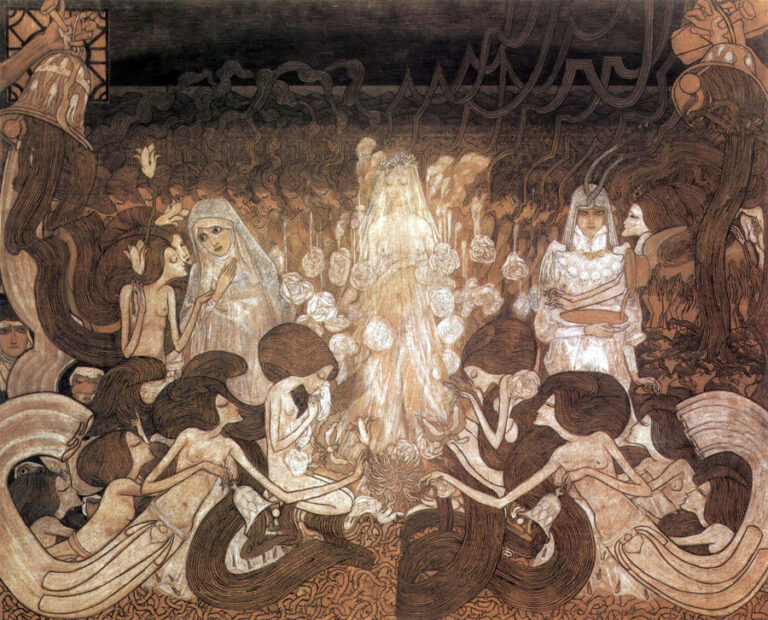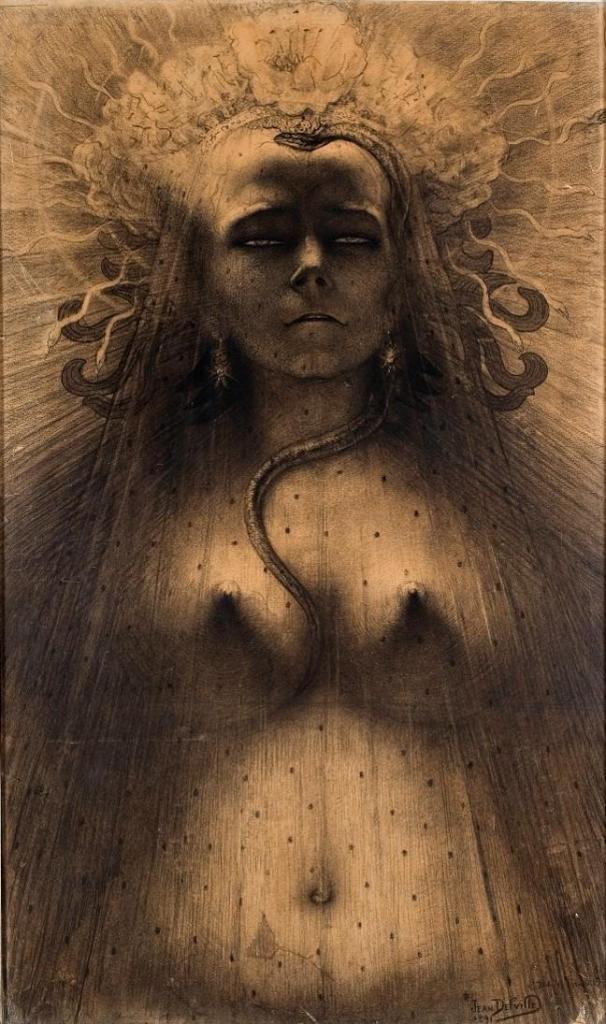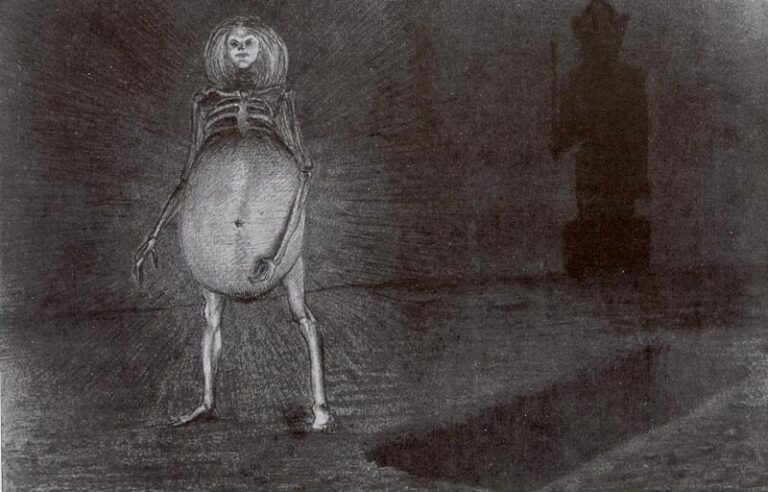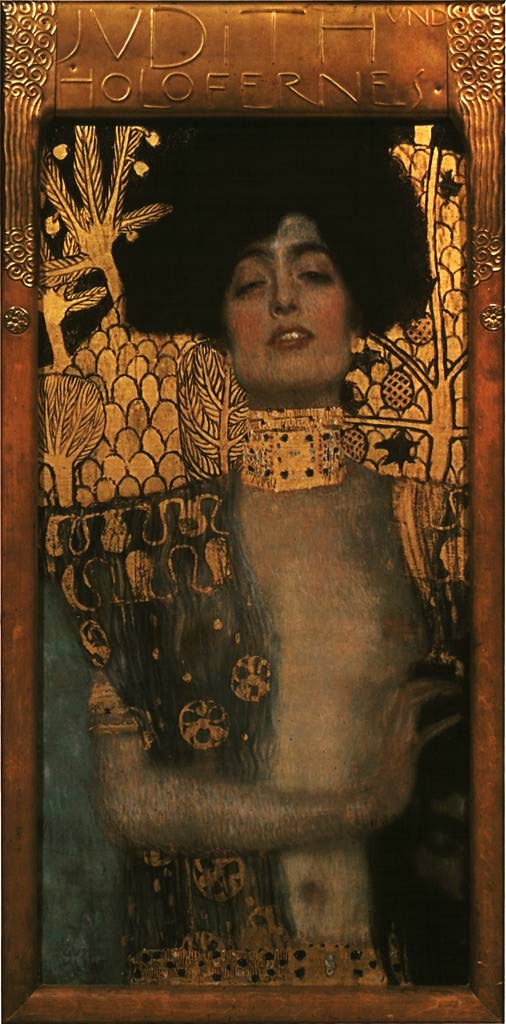Introduction
The symbolism art movement emerged in the late 19th century as a reaction against the rapid industrialization and scientific rationalism of the time. Symbolist artists sought to express their inner emotions, dreams, and spiritual experiences through intricate symbolism and intricate imagery. This article will delve into the origins of symbolism, explore key artists and their works, discuss symbolism in literature, and examine the legacy of this influential art movement.
The Origins of Symbolism
The symbolism art movement originated in the 1880s primarily as a response to the prevailing attitudes of the time. A group of young artists, dissatisfied with the monotony of realism and impressionism, sought to explore the deeper realms of the subconscious and mystical experiences.
The Symbolists rejected the notion that art should merely depict the visible world. Instead, they aimed to reveal the hidden symbolism and meaning behind objects, events, and emotions. They believed that art could serve as a bridge between the physical and spiritual realms.
Key Artists in the Symbolism Movement
1. Gustave Moreau
Gustave Moreau was a prominent figure in the symbolism movement and is often regarded as its leader. His intricate and detailed works incorporated mythological, biblical, and literary themes. Moreau’s masterpiece, “The Apparition,” showcases his fascination with spiritualism and his skill in depicting otherworldly figures.
2. Odilon Redon
Odilon Redon’s work embodied the eerie and mysterious aspects of the symbolism movement. His dreamlike and often unsettling imagery explored themes of the subconscious, imagination, and the supernatural. Redon’s “The Eye Like a Strange Balloon Mounts Toward Infinity” is a perfect example of his ability to evoke a sense of wonder and unease.
3. Ferdinand Hodler
Ferdinand Hodler’s art was characterized by his exploration of human mortality and the sublime. His series of paintings, “The Embrace of the Universe,” depicted the cosmic forces that govern life and death. Hodler’s use of bold, simplified forms and symbolic color schemes was highly influential within the symbolism movement.
4. Edvard Munch
Edvard Munch, though not directly associated with the symbolism movement, shared many of its themes and techniques. His most famous work, “The Scream,” captures a sense of existential angst and the turbulent emotions within the human psyche. Munch’s use of vivid colors and distorted figures expressed the inner turmoil of the individual.
Symbolism in Literature
The symbolism movement was not limited to visual arts; it also had a profound impact on literature. Symbolist writers sought to convey complex emotions and ideas through the use of symbolic language and evocative imagery. This literary movement shares many similarities with its artistic counterpart, exploring themes of spirituality, the subconscious, and inner journeys.
Prominent symbolist writers include:
- Stéphane Mallarmé, who used intricate and often elusive imagery in his poetry.
- Paul Verlaine, known for his exploration of sensuality and musicality in his verses.
- Arthur Rimbaud, whose poetry delved into surrealism and the transformative power of imagination.
Symbolist literature often defied traditional narrative structures and instead focused on creating a mood or atmosphere through rich symbolism and suggestive language.
Legacy of the Symbolism Art Movement
The symbolism art movement had a profound and lasting impact on the art world. It paved the way for subsequent movements such as surrealism and expressionism. Symbolist artists challenged established norms and pushed the boundaries of artistic expression, paving the way for a more subjective and emotional approach to art.
The symbolism movement also influenced the development of abstract art, as artists sought to express deeper meanings beyond the mere representation of the visible world. The use of symbolism and metaphor became prevalent techniques in the art world, allowing artists to communicate complex ideas and emotions in a more abstract and personal manner.
In conclusion, the symbolism art movement emerged as a response to the prevailing rationalism and industrialization of the late 19th century. Symbolism sought to explore the depths of human consciousness and the spiritual realms through intricate symbolism and evocative imagery. The works of artists like Gustave Moreau, Odilon Redon, Ferdinand Hodler, and Edvard Munch continue to captivate and inspire audiences today, serving as a reminder of the power of art to express the ineffable.


